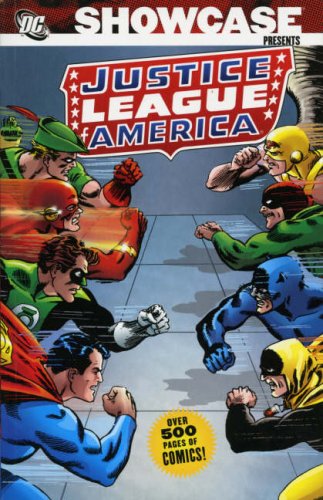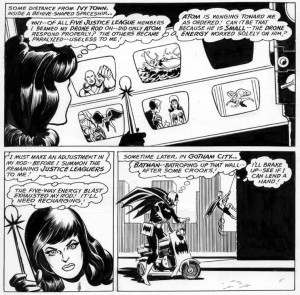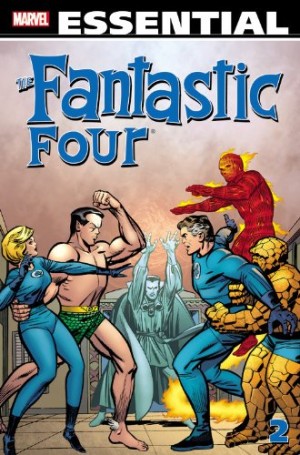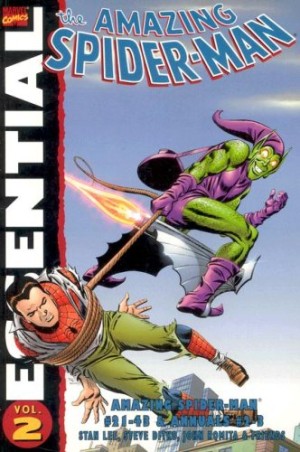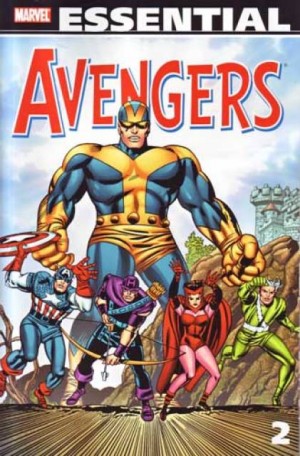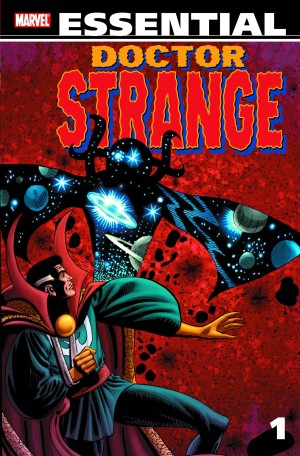Review by Karl Verhoven
This third bumper collection of Justice League of America reprints picks up with comics published in summer 1965, and concludes with material released in 1967. A sea change swept over American society in that period, and it’s reflected to some extent in the Justice League, although filtered through the perceptions of a man already over fifty.
Gardner Fox’s brand of intelligently constructed science-fiction plots successfully launched the Justice League in 1959, and maintained them as solid sellers, but he wasn’t particularly attuned with the changing times. This wouldn’t matter if there weren’t attempts made to incorporate them into the comics.
On the positive side, however ham-fisted they may seem today, let’s give Fox some credit for writing obviously well meant stories highlighting social issues. Volume Two closed with the Justice League interacting with disabled children, and here we have the concerns of racial inequality as the JLA respond to problems endured by kids of different races in ‘Man thy Name is Brother’.
Elsewhere Fox is frankly woeful, seemingly emptying out his grandson’s toy cabinet for inspiration such is the oddness of some characters he pits against the Justice League. Even the Justice Society team-ups, which, allowing for the dated elements, can usually be relied on to inspire Fox, are with one exception a mundane bunch. Perhaps that’s due to Johnny Thunder. An idiot controlling the most powerful magic force in the world isn’t a plot device without merit, but not well exploited. Thunder saves the day by telling jokes, and prior to that his evil counterpart controls the magical thunderbolt.
The jokes are another element with which Fox is ill at ease. He doesn’t understand the camp attraction of the Batman TV show screening when most of this material was published, and when forced to incorporate similar elements in his stories he can’t manage it convincingly. It’s a great shame.
Mike Sekowsky’s art develops as well. Gone are the days of eight characters packed into a small panel. Here he’s using more expansive layouts, with larger figures. He’s doing as little work as possible to deliver the stories, and contributes poor character designs. When he’s in a good place, though, such as the day he designed the Royal Flush Gang and their civilian identities, there’s still some sparkle in the tank.
Is there anything of value for the 21st century reader? Well, yes. Johnny Thunder is absent from the other teaming of Justice League and Society, and it’s a barking and thrilling story that, failed attempts at hip dialogue apart, could have been conceived by Grant Morrison. Why are people randomly switching between Earth one and Earth two? It escalates into a situation where all that prevents them crashing into each other is the Spectre, inflated to massive proportions, spanning dimensions, physically pushing with his hands and feet to keep the planets apart. If that’s not critical enough, walking along the Spectre’s body is the giant Anti-Matter Man. Should his anti-matter body connect with the positive matter of our universe there will be devastating consequences. “He regards everything that’s happened to him as unfamiliar hazards of warp space travel which he must overcome”, thinks Doctor Fate.
Sekowsky’s also inspired by the plot, as he creates a memorably odd Anti-Matter Man, supplies a few good visual jokes and conveys the danger well. This isn’t classic material awaiting rediscovery, but it’s wild, unpredictable and a huge amount of fun. It’s a shame about the remainder, and the final work from the Fox/Sekowsky partnership is reprinted in Volume Four. These stories are also found in Justice League Archives Volume 5, Volume 6 and Volume 7.
